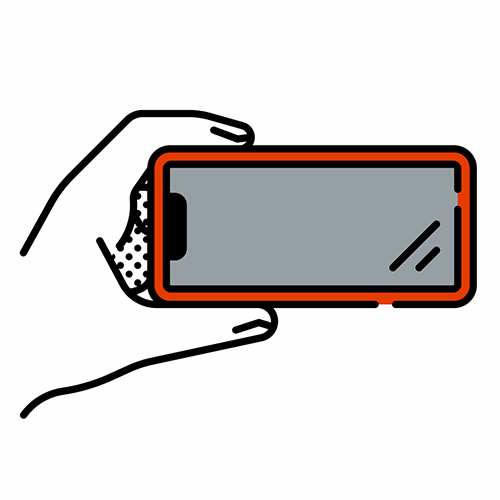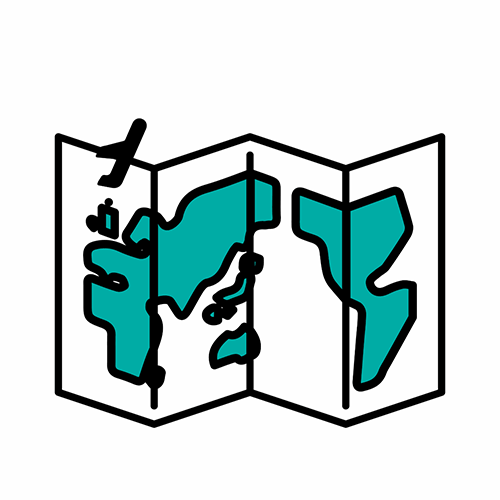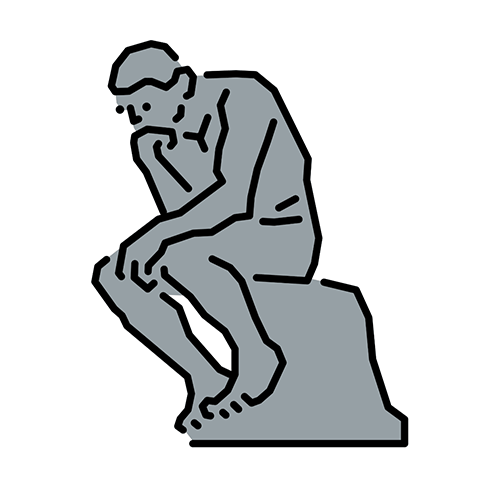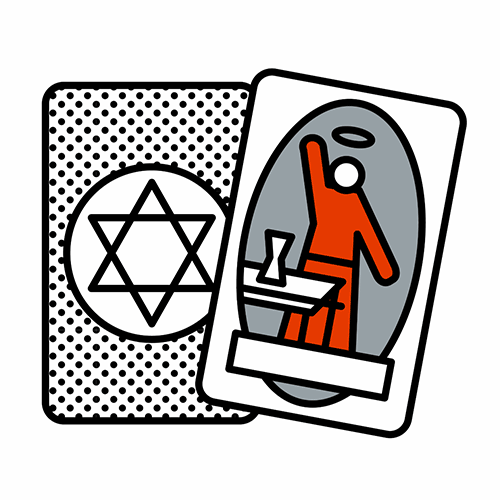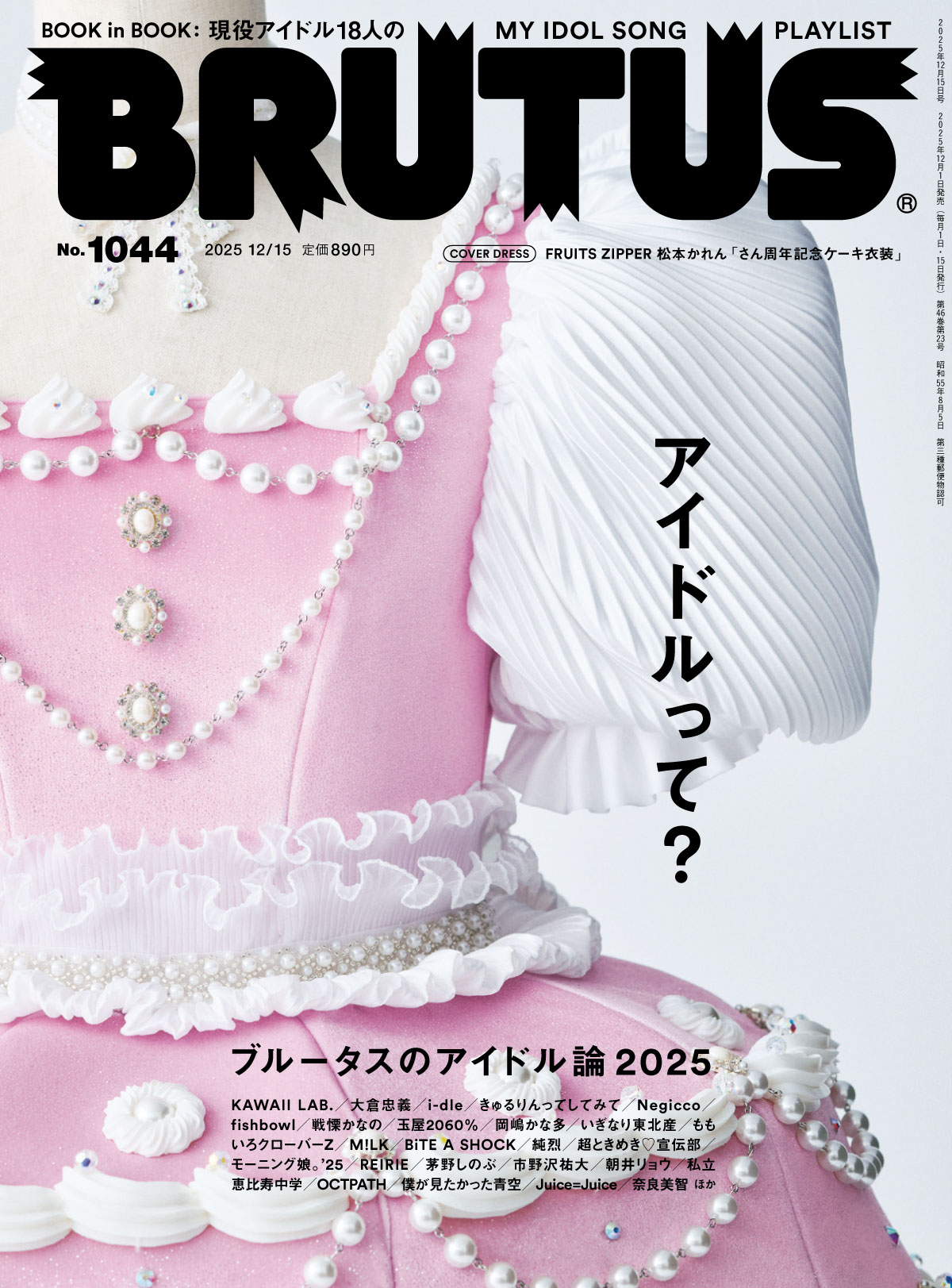
“What I try to capture is the depth of the experience, the presence, the emotion that touches me. To understand how I arrived at this place, you have to look at the title of the book”, says the French photographer Henry Roy.His latest photobook,“Impossible Island”(Loose Joints, 2025), which is also the catalogue for his current exhibition at The Art Gallery of Western Australia in Perth, Australia, is by far the best photobook of the first half of this year. It includes a mixture of portraits, landscapes, and extremely personal photographs taken around the world, including his native land of Haiti in the Caribbean, the Spanish island of Ibiza, various African countries, and Paris, where he lives. This beautifully unified worldview evokes a sense of euphoria and invites the viewer into a place of peace. Furthermore, the mesmerizing poetic texts that are included throughout the book are in perfect harmony with the intoxicating images.
Born in Haiti, Roy emigrated to France when he was three years old. While growing up in France, he became interested in photography after a friend took him to his family's darkroom.“I witnessed, for the first time,a print being developed in a chemical bath. And that moment hit me like a shock. I decided then and there to become a photographer”. Since then, Roy has always thought of photography as a revelation,“something being revealed”. As a refugee from Haiti living in France, i.e. “someone whose identity is difficult to define”, he has always been drawn to photography’s power to rebuild things. When he first started studying photography, his role models were fashion photography masters such as Richard Avedon and Irving Penn. However, his professor also referenced cinema and art while teaching photography. Thanks to that, Roy learnt “how to navigate the photography world while staying aware of the broader cultural and artistic landscape”. Although he used traditional fashion photography as a reference, by the time he graduated from school, the trends in European photography had begun to change dramatically.
“I came across The Face, i-D, Dazed & Confused—and I was deeply affected by this kind of imagery. It was very free, had an almost amateur feel, very low-tech. I was drawn to those photographers and the experimental spirit of that work. By chance, I was connected to Elein Fleiss—she called my girlfriend at the time for a different reason. My girlfriend ended up sending her my work, and she loved it immediately. That’s how I joined Purple Magazine”.
Photographers who inspired Roy a lot at the time were Juergen Teller and Wolfgang Tillmans, both of whom contributed to Purple regularly. “There was constant flow between their commercial assignments and artistic expression”, he says. Roy himself started with editorial work, then also shot advertising, but he has always been conscious of incorporating his own artistic perspective into his photographs. “I was never really a good fashion photographer—I was never particularly interested in fashion. I did assignments—portraits, some fashion—but at the same time, I was developing something entirely my own, something that reflected me. I aim to create images without special effects—images firmly rooted in reality—but located at the edges of that reality, where things begin to waver and dissolve. That’s why I don’t consider myself a photojournalist. I’m trying to transcend reality—to bring in something personal and deeply emotional”. Roy credits his methodology of reframing reality to the influence of his native Haiti.
“I call my approach animist—and it’s connected to my cultural background. In Haitian culture, in Vodou—although I’m not initiated, so I wouldn’t call myself a practitioner—there’s a sensitivity that blends the real and the dreamlike. It’s present in a certain Haitian painting, for instance. This idea that the world is inhabited by invisible forces. That’s what I’m trying to express in my work. In Latin American literature, they call this magic realism. The novels of the Japanese writer Haruki Murakami are also magic realism, right?!”

R:Nancy, Kinshasa, Democratic Republic of the Congo, 2004
© Henry Roy 2025 courtesy Loose Joints / AGWA
As one reads the images and texts contained in this book — here, reading is a more appropriate word than looking — the reader feels as if they are traveling together with Roy. “I seek out images that feel timeless, that seem detached from a specific time or place. In the book, I think there are photos from about ten different countries—but you can’t really tell where you are. That creates a sense of drifting, of suspension”. The title "Impossible Island," was actually inspired by a specific subject.

“Impossible Island” by Henry Roy is published by Loose Joints & The Art Gallery of Western Australia.
https://loosejoints.biz/
“What is Impossible Island? There’s a recurring island in the book — it’s called Es Vedrà.It’s a small rocky island off the coast of Ibiza. I went there when I was quite young, shortly after I began photography. It’s magnetic, magical. It’s as if I’m always searching for the same feeling, wherever I go. That sense has to do with exile. When you leave your birthplace — in my case, Haiti — there’s no real return. You never come back to the same place. Wherever you go, you're a stranger. So, you have to rebuild something. My work helps me do that”.
Robert Cook, the curator of Roy's exhibition in The Art Gallery of Western Australia, shares his impression of Roy's photographs: "For us at AGWA I think photography has been approached for what it might offer around a way of being in the world, not just a report on a world observed, and it might also propose a kind of way of life. Henry's work is brilliant in this context. He makes a poetic political kind of work. It is explicitly global in a way that captures the general sense of uprootedness of our time. Henry's approach to making images means that we don't see movie stars, landscapes, portraits as such, but that we also see an approach to them. This does mean that his practice slows our looking down, we don't gobble the images up! Thanks to the sense of drifting that Roy brings to life and his aesthetic that exist outside of time and space, his work becomes a sort of a time machine, producing both beauty and faint sadness."

“I think of my photography as a way to sculpt my life. What I love about photography is that, unlike painting, you have to be there to make a photo. That realism is crucial to me. Photography lets me travel the world, meet people—and it’s from those experiences that this book was born. It’s a poetic narrative. I call it floating narration—it doesn’t tell a specific story, it suggests a world, a very personal universe. I’d call this a poetic style of photography. There’s resistance in it—resistance to the reality we’re told to accept”. With one exhibition over, Roy already has more plans for exhibitions and publications. One of them involves Japan. “I’ll be doing a residency in Japan, for Edna Dumas, for a gallery in Tokyo called Space Un. I am excited. A book from a project in Senegal is also due out in October. I’m always searching for the same feeling, wherever I go”.





